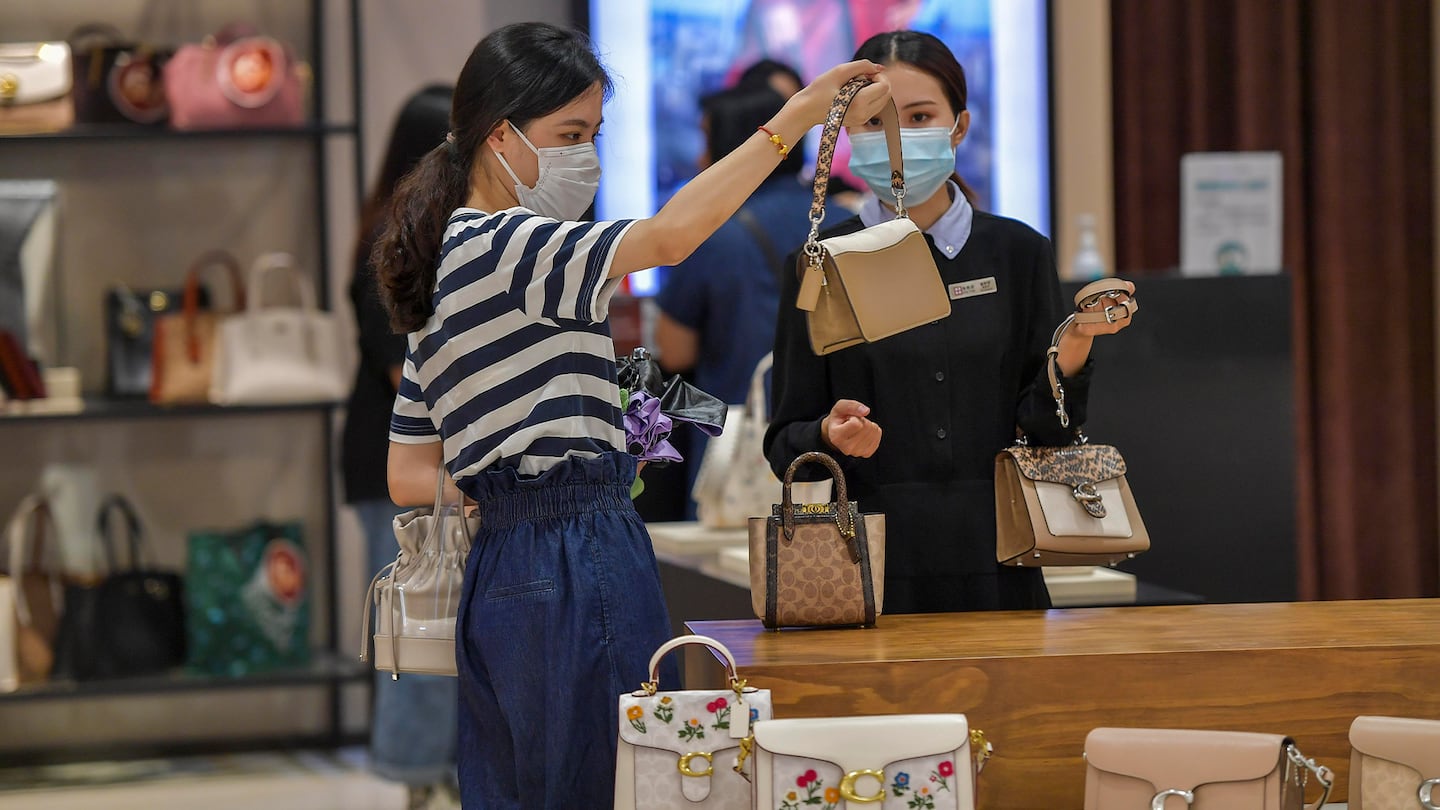
The Business of Fashion
Agenda-setting intelligence, analysis and advice for the global fashion community.

Agenda-setting intelligence, analysis and advice for the global fashion community.

Domestic sales of luxury goods reached 471 billion yuan ($74.24 billion), a near doubling in two years, according to Bain & Company’s annual “China Luxury Report 2021″, released Thursday.
Performance varied markedly in 2021, with some luxury brands seeing as little as 10 percent growth in China, while others enjoyed growth rates above 70 percent. Different categories also grew at different paces, with leather goods the fastest growing at around 60 percent year-on-year, followed by fashion and lifestyle, up about 40 percent.
The amount luxury consumers in China spent on jewellery was up 35 percent year-on-year, high-end watch purchases rose about 30 percent and luxury beauty spending increased about 20 percent.
In the year to come (and some years following this one) Bain expects trends that have shaped the market over the pandemic period, including the repatriation of spending, off-shore duty-free shopping in Hainan and digitalisation, will continue to be major factors.
ADVERTISEMENT
“Overall, we expect Chinese consumers’ personal luxury purchases to recover to pre-Covid levels between the end of 2022 and the first half of 2023,” said Xing Weiwei, partner at Bain & Company and co-author of the report.
“This will be supported by continuous repatriation of spending and boosted by the gradual reopening of international travel, first in Asia and then globally,” Xing added.
Learn more:
China’s Booming Luxury Market Won’t Be Smooth Sailing Next Year
As repatriation of luxury spend continues in 2022, domestic sales in China are expected to surpass 2019 levels by 90 to 110 percent, but that doesn’t mean brands can rest on their laurels amid economic headwinds and government crackdowns.
With consumers tightening their belts in China, the battle between global fast fashion brands and local high street giants has intensified.
Investors are bracing for a steep slowdown in luxury sales when luxury companies report their first quarter results, reflecting lacklustre Chinese demand.
The French beauty giant’s two latest deals are part of a wider M&A push by global players to capture a larger slice of the China market, targeting buzzy high-end brands that offer products with distinctive Chinese elements.
Post-Covid spend by US tourists in Europe has surged past 2019 levels. Chinese travellers, by contrast, have largely favoured domestic and regional destinations like Hong Kong, Singapore and Japan.